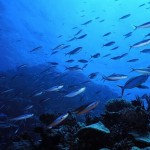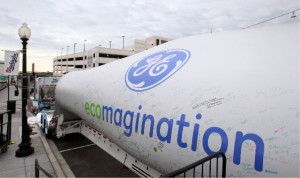EU research shows strong growth in renewables
The European Commission’s Joint Research Centre has just released their annual ‘renewable energy snapshots’, confirming the strong growth of renewable energy in 2009. Their analysis chimes with ours: renewable energy sources accounted for 62% of new electricity generation capacity installed in the EU last year with wind power leading the way accounting for 38% of the total.
Positive news for our planet, and all the more so since the Commission predicts that if we maintain current growth rates, by 2020 renewables could account for 35-40% of overall electricity consumption.
“This would contribute significantly to the fulfilment of the 20% target for energy generation from renewables,” the Commission said in a press release.
On wind power in particular, the JRC paper says, “with more than 74 GW of total installed capacity in 2009, it has already exceeded the 2010 white paper target of 40GW by more than 80%.”
But, there is a note of caution attached to the good news: “Some issues need to be resolved if the targets are to be met,” the Commission said. This includes:
– Ensuring fair access to grids
– Substantial public R&D support
– The adaptation of current electricity systems to accommodate renewable electricity
While we at EWEA look forward to a continued strong growth in the renewables sector, we strongly encourage the Commission to listen to the advice of its research centre, putting the policies in place that will ensure that these issues are solved.








